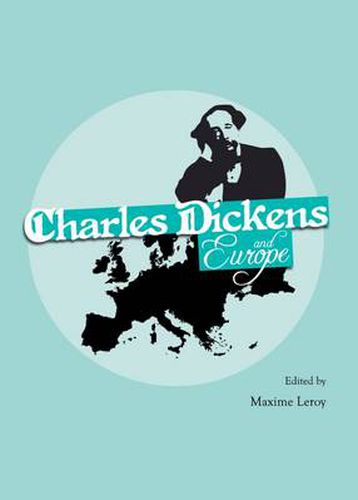Readings Newsletter
Become a Readings Member to make your shopping experience even easier.
Sign in or sign up for free!
You’re not far away from qualifying for FREE standard shipping within Australia
You’ve qualified for FREE standard shipping within Australia
The cart is loading…






Charles Dickens is one of the best-loved icons of British literature, but many of his novels stem from his connections with Europe. Does it make sense to read him as a European author as well? This book seeks to explore Dickens’ relationship to Europe, from his numerous travels - and subsequent travel writing - to the representation of continental locations in his novels, and to the reciprocal influence between his works and other European texts.Contributions focus on major fictional works like A Tale of Two Cities and Little Dorrit, but also on Dickens’ letters, travel writing and biography. The study begins by delineating the scope of Dickens’ European frame of reference, and goes on to deal with specific geographical and political issues in Italy, France and Switzerland. Finally, it places Dickens’ works within a wider European artistic context through comparisons with Hugo, Tolstoy, Daumier and Grandville.
$9.00 standard shipping within Australia
FREE standard shipping within Australia for orders over $100.00
Express & International shipping calculated at checkout
Charles Dickens is one of the best-loved icons of British literature, but many of his novels stem from his connections with Europe. Does it make sense to read him as a European author as well? This book seeks to explore Dickens’ relationship to Europe, from his numerous travels - and subsequent travel writing - to the representation of continental locations in his novels, and to the reciprocal influence between his works and other European texts.Contributions focus on major fictional works like A Tale of Two Cities and Little Dorrit, but also on Dickens’ letters, travel writing and biography. The study begins by delineating the scope of Dickens’ European frame of reference, and goes on to deal with specific geographical and political issues in Italy, France and Switzerland. Finally, it places Dickens’ works within a wider European artistic context through comparisons with Hugo, Tolstoy, Daumier and Grandville.